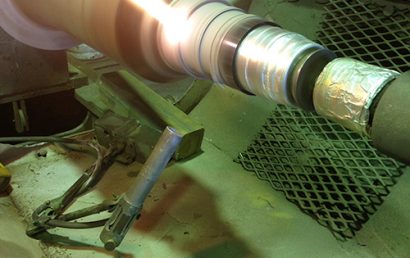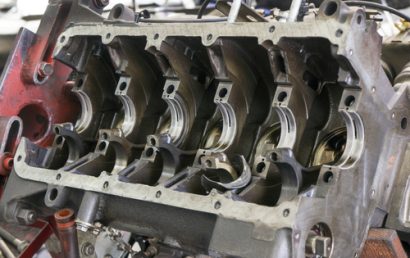Your Guide To Selecting Powder Coating
Picking the right finish matters more than many think. If you’re trying to select powder coating for your parts or equipment, a few key details make all the difference. From surface prep to material compatibility, every step can affect how your coating performs and lasts. This guide breaks it down so you can make a confident choice without overcomplicating it.
Powder coating isn’t just about color. It’s a protective barrier that affects both how a part looks and how well it holds up to wear, heat, or corrosion.
Know What You’re Coating
Start by looking at the material you’re working with. Most metals, including steel, aluminum, and copper, respond well to powder coating. That said, when you select powder coating, keep in mind that each metal may react differently depending on the powder formulation and the environment where the part will be used. Some coatings are designed for high-heat areas. Others perform better in wet or corrosive spaces.
Also, think about shape. Odd angles or recessed spaces can affect how evenly the powder covers. Knowing this helps avoid finish flaws or weak spots later.
Match Coating Type to the Job
Powder coatings come in several types, each with a different purpose. Epoxy-based coatings hold up in indoor spaces and resist chemicals well. Polyester-based powders do better outside because they resist UV light and weather damage. Some blends combine both features for wider coverage.
It helps to know what your part will face daily. Is it exposed to water? Heat? Friction? Pick the coating that fits those needs.
Surface Prep Is Everything
Clean surfaces bond better with powder. Dirt, oil, and rust can cause peeling or bubbling after curing. The right prep may include blasting, degreasing, or using a conversion coating. Some shops use an “undercut” or pre-machining process to improve grip before applying the powder.
At A&A Coatings, this type of surface prep comes standard in many projects. It helps the powder hold up longer and perform as expected.
Think About Durability
Different powders have different lifespans. Some are made for high traffic. Others resist scratches or heat. If your part gets constant use or friction, look for coatings rated for wear resistance.
Thicker coatings don’t always mean better durability. Too much powder can lead to cracking or uneven curing. A thinner, well-applied layer often performs better over time.
Pick the Right Finish
Finishes vary more than people expect. Gloss, matte, textured, and smooth finishes each serve a purpose. Glossy finishes reflect light but can show scratches. Textured surfaces help hide imperfections and grip better. A matte look works well when a low-shine result is needed.
Some powder coatings can even mimic metal or stone textures for a custom look. Choose a finish that supports function and visual style.
Application Method Matters
Most powder coatings are applied with electrostatic spray guns. But some parts may need different methods depending on size, shape, or volume. Coating needs also vary for batches versus one-off parts.
Working with experienced technicians helps avoid errors during application. At A&A Coatings, every job is reviewed based on part type and usage. That way, the method fits the job.
Last Check Before You Coat
Before placing any order, take time to talk with your applicator. Share what the part is used for, the environment it will be in, and the type of wear it might face. The more you share, the better the outcome.
A test sample or mockup can also help confirm the color, texture, and performance before going full scale.
Need help picking the right coating for your application? Contact our team today to get started with expert support.



